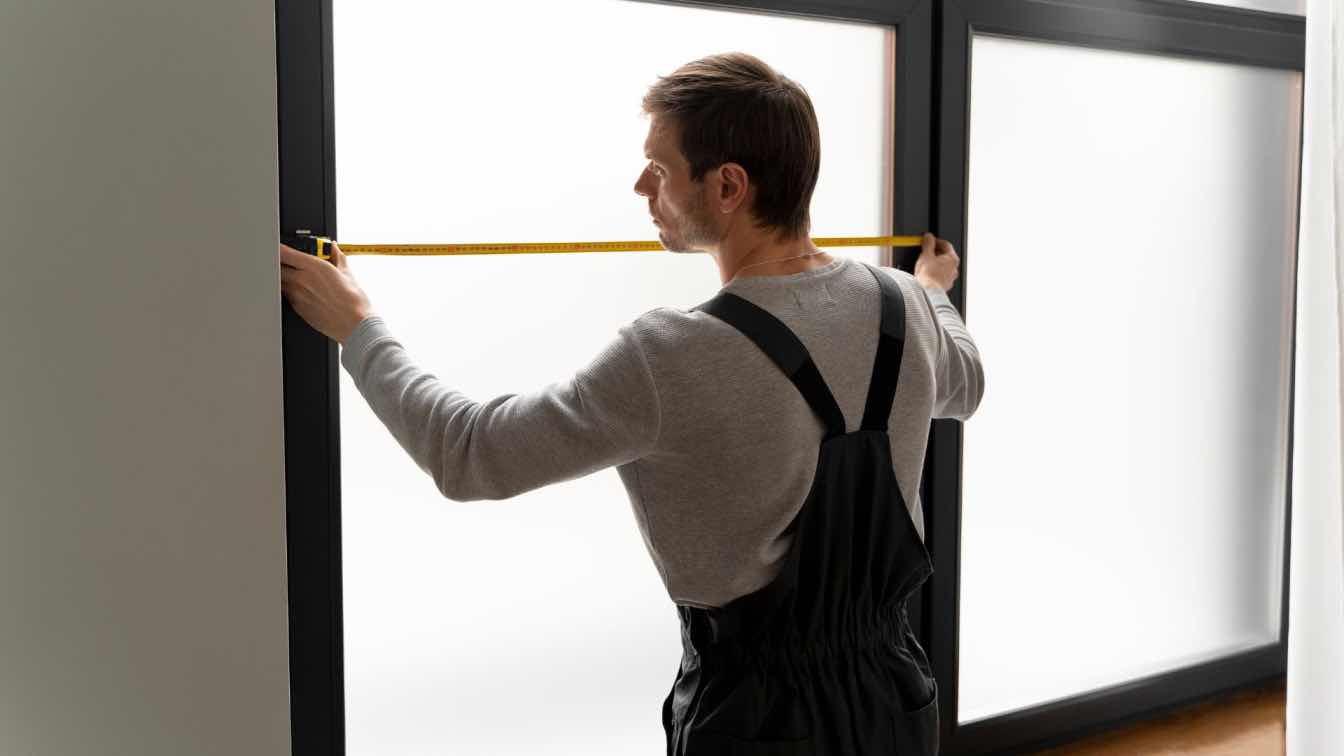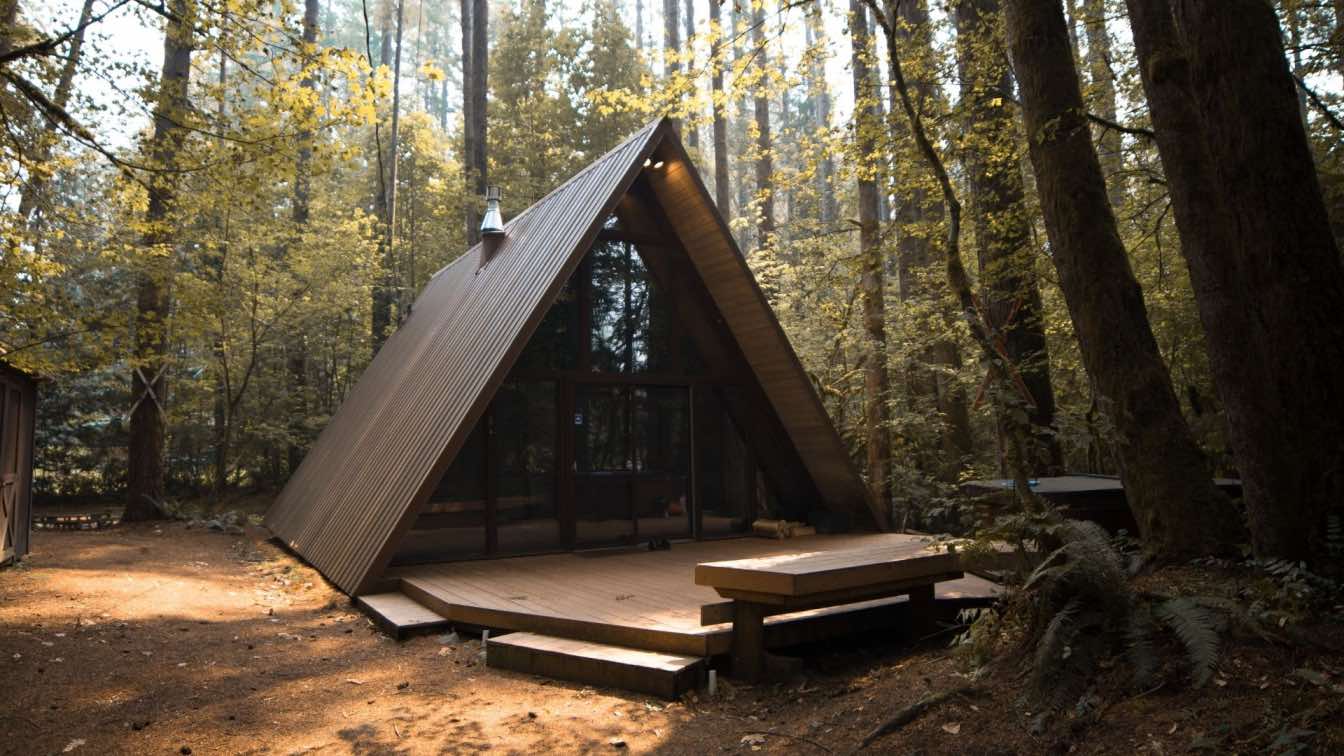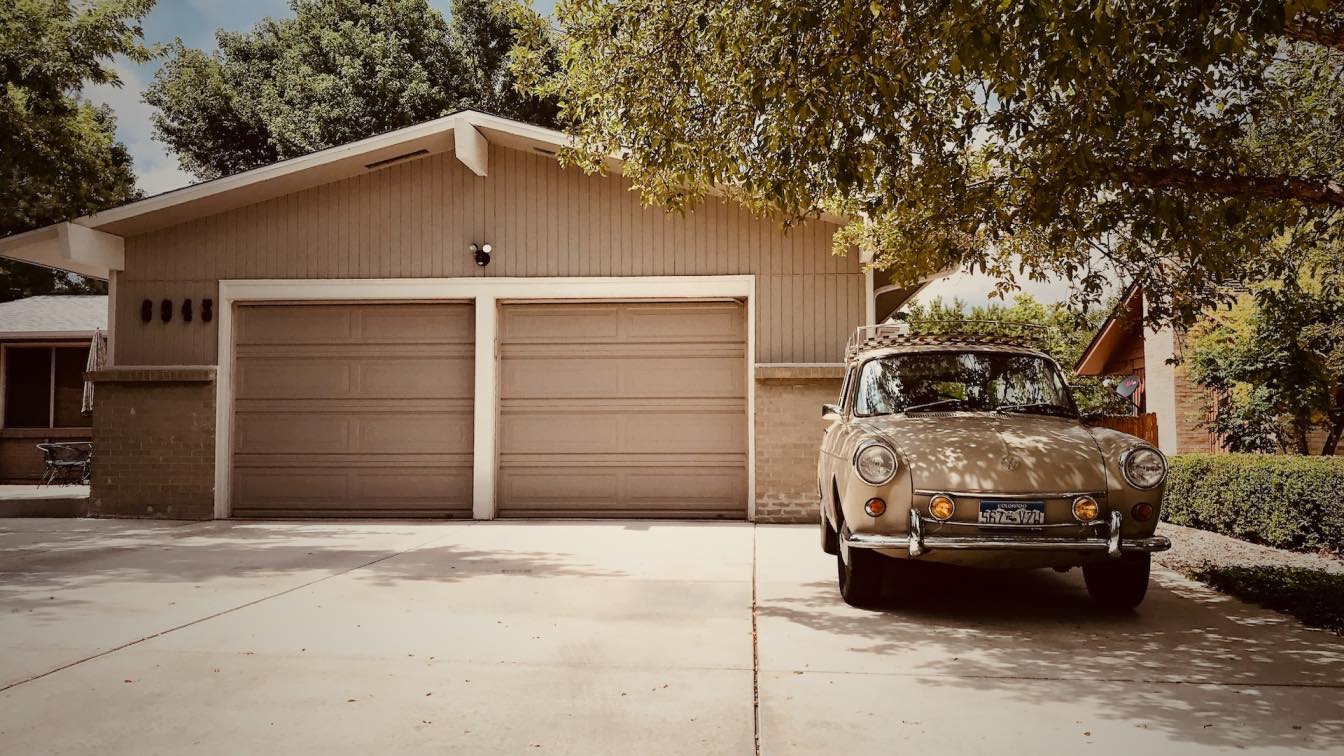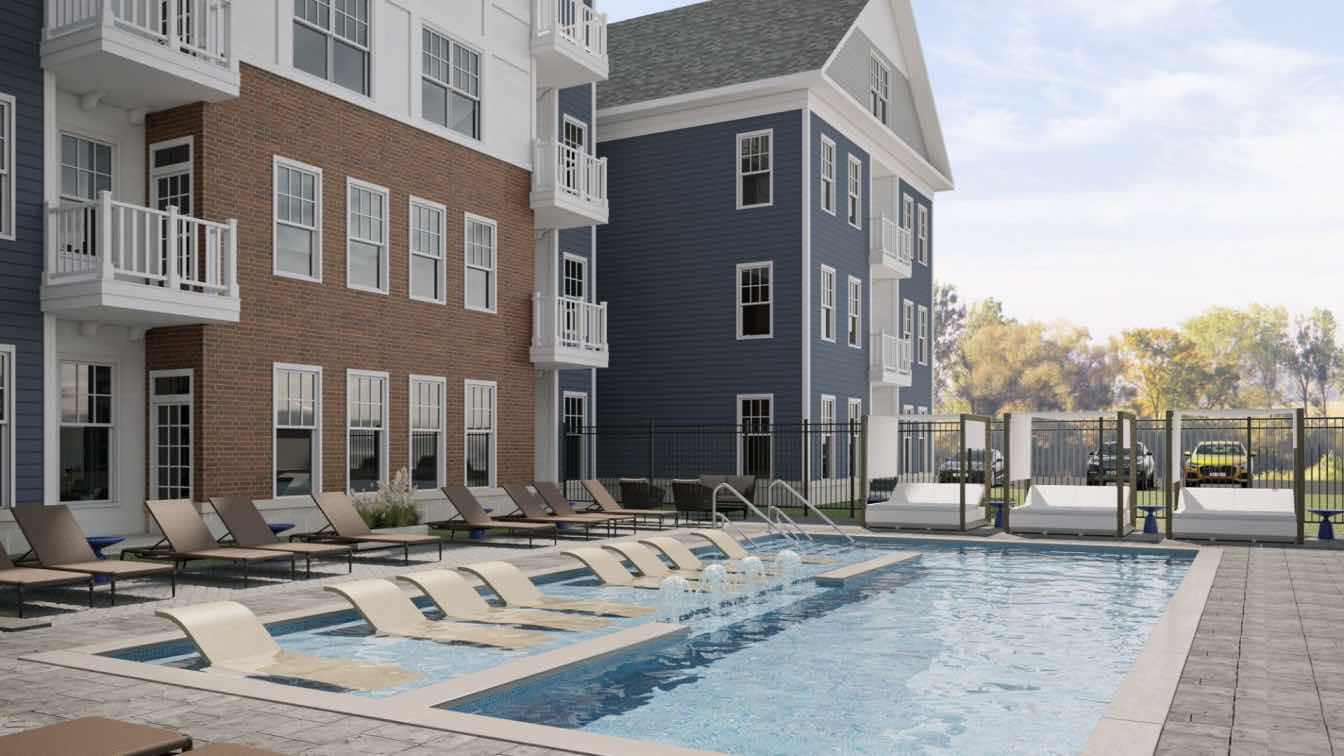The use of glass in modern architecture has transformed the way spaces are designed, allowing for open, bright, and visually striking environments. From towering skyscrapers to minimalist residential interiors, glass has become a staple material in contemporary construction. However, to ensure both aesthetics and functionality, high-quality architectural hardware solutions for glass installation play a crucial role.
Glass installations require precise engineering and reliable support systems. The right hardware not only enhances the structural integrity of glass elements but also adds to the overall design. Whether it’s frameless glass doors, elegant partitions, or sleek stair railings, the combination of premium glass and carefully selected hardware ensures durability and safety while maintaining a modern aesthetic.
The Role of Architectural Hardware in Glass Installations
When integrating glass into a project, the supporting hardware determines how well the final design performs over time. The primary functions of glass hardware include:
Structural Support – Ensuring that glass panels remain secure in place, preventing movement or instability.
Aesthetic Enhancement – Providing a seamless, polished look that complements modern interiors.
Functionality and Accessibility – Allowing smooth operation of glass doors, partitions, and railings.
Safety and Durability – Protecting glass from external forces, reducing the risk of damage or breakage.
Glass installations can be used in various applications, including commercial office spaces, luxury hotels, residential homes, and retail stores. Each of these settings requires specific hardware solutions to meet design and performance requirements.
Types of Glass Hardware Solutions
The range of hardware available for glass installation varies depending on the type of application. Some of the most commonly used architectural hardware solutions for glass installation include:
1. Glass Door Hardware
Pivot hinges for smooth and silent door operation.
Stainless steel handles and locks for durability.
Sliding systems for space-saving solutions.
2. Glass Partition Systems
Frameless glass connectors for a clean, uninterrupted look.
U-channels and floor tracks for stability.
Soundproof sealing strips for acoustic privacy.
3. Glass Railing Components
Clamps and brackets for a secure hold.
Balustrade posts and handrails for additional support.
Glass spigots for minimalist staircases and balconies.
4. Canopy and Facade Hardware
Spider fittings for large glass facades.
Tension rod systems for suspended canopies.
Patch fittings for all-glass exterior structures.
|
Hardware Type |
Functionality & Benefits |
|
Door Hardware |
Ensures smooth operation and security. |
|
Partition Systems |
Creates open and flexible workspaces. |
|
Railing Components |
Provides safety and structural integrity. |
|
Canopy & Facade Systems |
Supports large glass structures for modern exteriors. |
Installation Techniques for Secure and Aesthetic Glass Designs
Proper installation of glass components is just as important as selecting the right hardware. Even the highest-quality architectural hardware solutions for glass installation can fail if not installed correctly. A well-executed installation ensures longevity, safety, and an impeccable finish.
1. Precision Measurement and Alignment
Glass panels must be measured with high accuracy to fit seamlessly with hardware components.
Misalignment can lead to uneven weight distribution, affecting durability and safety.
2. Reinforced Structural Support
Heavy glass elements require load-bearing support, particularly for suspended canopies and stair railings.
Reinforcement with metal brackets and anchors prevents shifting over time.
3. Secure Fastening and Sealants
Using high-quality fasteners reduces the risk of detachment or glass movement.
Silicone and rubber gaskets help absorb vibrations, preventing stress cracks.
4. Weight Distribution and Load Considerations
Glass facades and partitions must account for building movement and environmental factors.
Structural calculations help prevent excess pressure on hardware components.
5. Regular Inspection Post-Installation
Checking for loose fittings or misalignments after installation ensures long-term stability.
Periodic maintenance keeps all moving parts functioning smoothly.
Maintenance and Durability of Glass Installations
Glass and metal components require specific care to maintain their original appearance and performance. Neglecting maintenance can lead to premature wear, affecting both safety and aesthetics.
Cleaning Glass Surfaces
Use non-abrasive cleaners to avoid scratches or residue buildup.
Microfiber cloths and ammonia-free solutions prevent streaks.
Protecting Metal Hardware
Stainless steel and aluminum should be wiped regularly to prevent corrosion.
For powder-coated finishes, mild soapy water is recommended.
Lubricating Moving Parts
Sliding mechanisms and hinges should be lubricated periodically to maintain smooth function.
Avoid excessive grease, which can attract dust and grime.
Checking Structural Integrity
Inspect screws, clamps, and brackets for any signs of loosening or stress.
Early detection of wear helps avoid costly repairs or replacements.
Emerging Trends in Glass and Metal Architectural Solutions
As architectural trends continue to evolve, new innovations in glass hardware solutions are shaping the future of modern design. Some of the latest advancements include:
Minimalist Frameless Glass Designs
Hidden support systems allow for a clean, uninterrupted aesthetic.
Ideal for high-end offices, galleries, and luxury residences.
Smart Glass Technology
Adjustable transparency for privacy and energy efficiency.
Integration with automated home and office systems.
Sustainable and Recyclable Materials
Eco-friendly glass coatings reduce heat absorption in buildings.
Recyclable stainless steel and aluminum hardware minimize environmental impact.
Custom Finishes and Textured Glass
Powder-coated metal options provide personalized color choices.
Frosted and patterned glass adds unique visual appeal.
Enhanced Safety Features
Laminated glass with advanced impact resistance.
Anti-burglary locking mechanisms in glass doors.
The Future of Architectural Hardware Solutions for Glass Installation
The demand for premium architectural hardware solutions for glass installation is rising as modern buildings continue to push the boundaries of design and functionality. Whether in residential homes, corporate headquarters, or public structures, the seamless integration of glass and metal hardware ensures both aesthetic appeal and structural reliability.
Choosing the right materials, employing expert installation techniques, and maintaining regular upkeep will guarantee that glass installations remain timeless and functional for years to come. As technology continues to advance, the future of glass architecture promises even more innovative solutions that blend sustainability, elegance, and engineering excellence.





